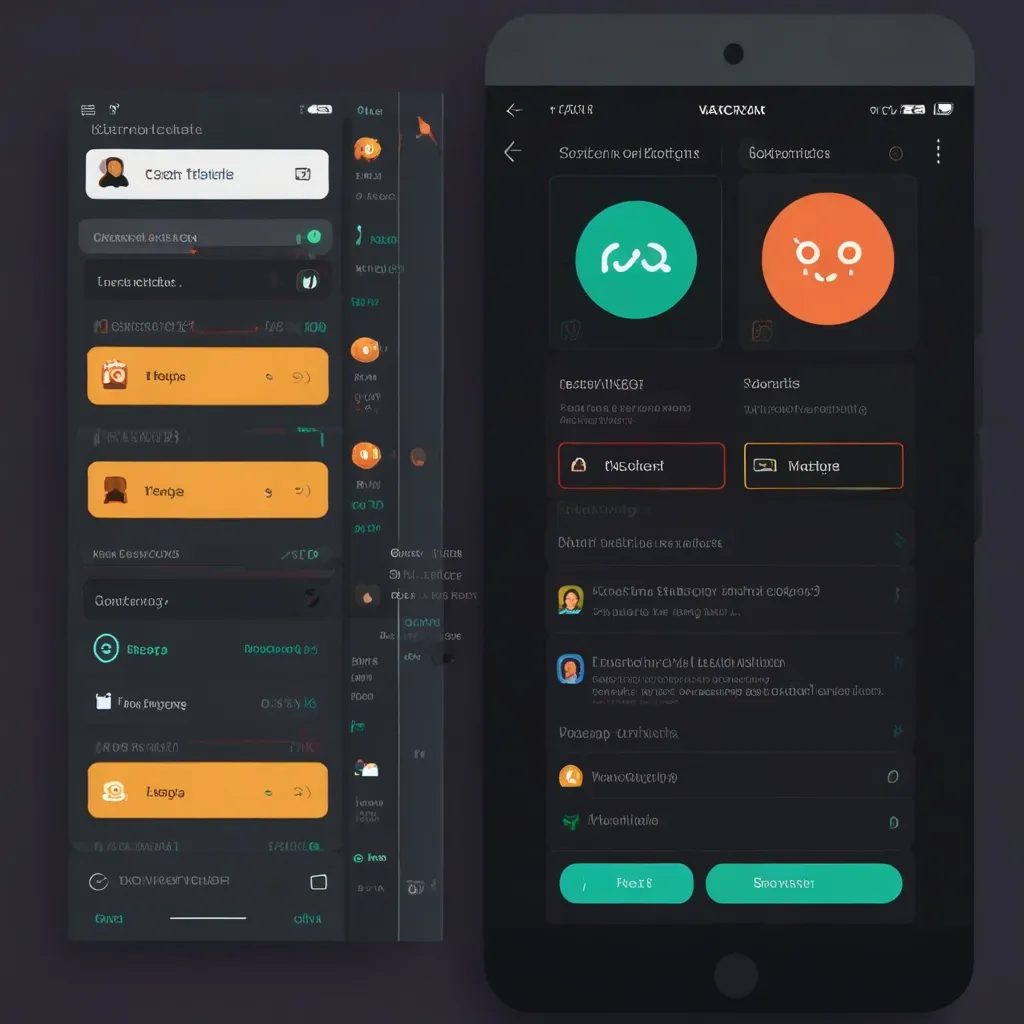Dive into the world of building delightful mobile apps with React Native and you’ll quickly find yourself dealing with gestures and touch events. They’re the secret sauce that makes user interaction feel natural and intuitive, transforming static screens into lively, responsive interfaces. Imagine scrolling through your favorite app or swiping left in eager anticipation; these movements rely on touch events and gestures that bring the app to life.
In React Native, managing these interactions is key to creating an engaging user experience. It’s all about how users navigate, select, and perform actions or simply make things happen with a tap of their finger. To dive into this world, using the react-native-gesture-handler library is a good starting point. This magic box offers extensive capabilities for handling gestures, making your app more interactive.
Let’s have a heart-to-heart about touch events, the cornerstone of gesture recognition in mobile apps. They revolve around four main interactions: touch start, touch move, touch end, and touch cancel. Think of them as conversation starters with your device. When you tap, it’s like saying “Hey, I’m here!” That’s the touch start event, your cue to trigger initial actions or maybe highlight a path for gesture tracking.
Then, as your finger dances across the screen, the touch move event kicks in. This is where most gestures, like swipes or drags, are born. Finally, lifting your finger signals the touch end event, the equivalent of concluding a conversation with a friendly handshake, where navigation or item selection may occur. And occasionally, real-life interruptions like calls can trigger a touch cancel event—perfect for gracefully handling unexpected interruptions.
Once acquainted with basic touch events, it’s time to cultivate the art of simple gestures like taps and long presses. Taps are perhaps the most instinctive of gestures, similar to knocking on someone’s door. In React Native, they require an onPress event handler—your app’s friendly response to the tap.
Interestingly, long presses are just prolonged taps, your digital way of saying “I need more info” or “I’m holding on for something deeper.” These can bring up context menus or additional functionalities, detected through the onLongPress event.
For those ready to up their game, react-native-gesture-handler opens the door to more advanced gestures. Swipe gestures, for example, are your app’s version of a magic wand—swish left or right to navigate or dismiss content. While React Native doesn’t have a specific swipe handler, you can create one through a mix of onTouchStart, onTouchMove, and onTouchEnd.
Ready for a challenge? Try pinch gestures—where users use two fingers to shrink or enlarge what’s on their screen. Even though there’s no built-in pinch detector, creativity comes into play as you calculate the distance between two touch points using onTouchStart and onTouchMove.
As these gestures turn into muscle memory, working with React Native’s Touchable components feels like extending a digital handshake. Components like TouchableHighlight, TouchableNativeFeedback, TouchableOpacity, and TouchableWithoutFeedback offer different visual feedback styles when interacted with, making them versatile tools for implementing touch reactions.
To tackle more intricate gestures, React Native’s PanResponder API becomes a dear friend. It’s like the artisan craftsman of gesture handling, allowing detailed customization of touch event responses. Picture creating a nuanced gesture beyond the standard offerings with PanResponder, it’s all about grasping touch events with a bespoke touch.
And of course, mastering gesture handling means adhering to a few golden rules. Responsiveness is key—events should run smoothly without lag. Visual feedback isn’t just nice, it’s essential; users need cues that their gestures are heard. Accessibility matters too—create alternate pathways for gesture-lovers with different abilities.
Testing your gestures is a journey in itself, ensuring they behave consistently across devices, and embracing performance hacks like useNativeDriver: true wherever possible. Debouncing frequently triggered gestures can prevent your app from stumbling under too many updates.
Ultimately, captivating app experiences sprout from a deep understanding of touch and gestures. These skills transform mobile apps from everyday to extraordinary, creating digital storytelling devices where every touch writes another line in the user narrative. So next time fingers meet screen, know that behind each touch, a network of interactions and carefully crafted gestures is at play, bringing the app to life in ways both memorable and seamless.






